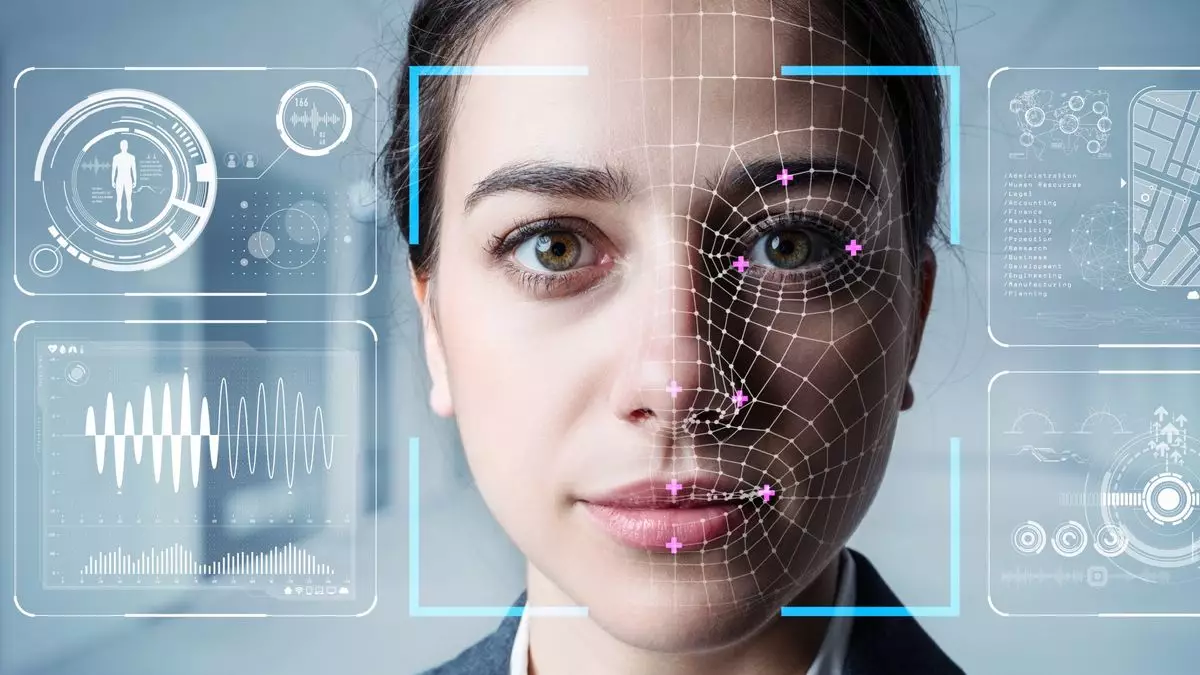As the world increasingly gravitates towards digital solutions, the airline industry is no exception. The adoption of biometric technology in airports—especially in the United States—is not a mere trend but a sign of an inevitable shift towards more seamless travel experiences. Stakeholders in biometric technologies predict an accelerating rollout of touchless identification systems over the coming years, paving the way for fully digital airport journeys. This article analyzes the current state, potential benefits, and associated challenges of implementing these advancements within the U.S. airport system.
Biometric technology, which includes facial recognition and mobile ID verification, is projected to reshape the airport experience for travelers. Donnie Scott, CEO of Idemia North America, emphasized that within the next few years, select airports could offer touchless journeys for travelers enrolled in initiatives like TSA PreCheck. The full domestic digital airport experience is expected to encompass various points of verification including bag drop, security checks, and boarding gates.
International flights will feature additional components such as digital passport verification at check-in and entry points, which align with existing programs like Global Entry. Currently, members of Global Entry can access a hands-free re-entry experience into the U.S. by having their faces scanned at kiosks, which match them to passport photos stored in a secure database. This suggests that the groundwork for broad biometric implementation is already in place.
The TSA has taken initial steps by introducing touchless security lanes at select airports in collaboration with airlines like Delta and United. Notably, the process has demonstrated that biometric verification can substantially reduce wait times at checkpoints—averaging around eight seconds per person compared to the traditional 20 seconds needed for manual verification. Already, over six million travelers have taken advantage of these expedited lanes since their introduction in 2021. The push towards this technology is bolstered by demand from both travelers and airlines keen to improve efficiency.
However, adopting touchless technology is complex and necessitates a cooperative effort among multiple stakeholders, including airlines and airport authorities. Jason Lim, TSA’s identity management capability manager, identified that the primary hurdles to implementing these innovations are not technical, but rather consist of organizational processes and the need for effective training. Adjustments to airport configurations and TSA officer training are essential to ensure that both employees and passengers are well-equipped to adapt to these changes.
Funding and Political Challenges
Despite a favorable environment for technological innovations, the challenges associated with funding and political resistance cannot be overlooked. Biometric technology implementation is constrained by budget limitations faced by the TSA and related agencies like Customs and Border Protection. Recent indications suggest that the current funding framework could delay biometric project completions until the 2040s, highlighting a significant gap between need and available resources.
Moreover, political opposition, especially from privacy advocates concerned about data security and surveillance, poses a challenge to the rollout of biometric systems. Legislative barriers have been recurrent, with bills consistently proposed to limit or outright ban the use of facial recognition technologies within federal agencies. However, public sentiment indicates a willingness to embrace biometric technology; a recent study found that a significant majority of air travelers support its application in enhancing the efficiency of processes like security checks.
Airlines are also responding to technological advancements and the need for enhanced passenger experiences. Alaska Airlines, for instance, is actively pursuing the feat of providing biometric-enabled check-in and is set to join the TSA’s Touchless Identity program in several airports soon. The carrier’s ambitious plans extend beyond mere check-in, potentially including touchless baggage drop-off and seamless international travel experiences.
Such developments reflect a broader industry trend toward maximizing convenience for air travelers. The adoption of mobile IDs is especially critical, as many travelers prefer this option over presenting physical identification. Twelve states currently issue digital IDs that can be utilized at TSA checkpoints through platforms like Apple Wallet and Google Wallet. Airlines recognize that offering alternative options not only streamlines the travel experience but also addresses privacy concerns that may arise regarding biometric data usage.
As airports and airlines continue to invest in and implement biometric technologies, the future of travel appears more streamlined and efficient. Innovations are set to transform not just domestic flights but also international travel, ensuring that passengers can expect a more cohesive journey from check-in to boarding. However, the balance between embracing technological advancements and addressing concerns related to funding and privacy will be essential in shaping the industry’s trajectory.
The coming years hold great potential for the expansion of touchless travel experiences in U.S. airports, driven by both technological capabilities and consumer demand. As stakeholders navigate the plains of implementation challenges and regulatory landscapes, the quest for seamless air travel continues to evolve.


Leave a Reply